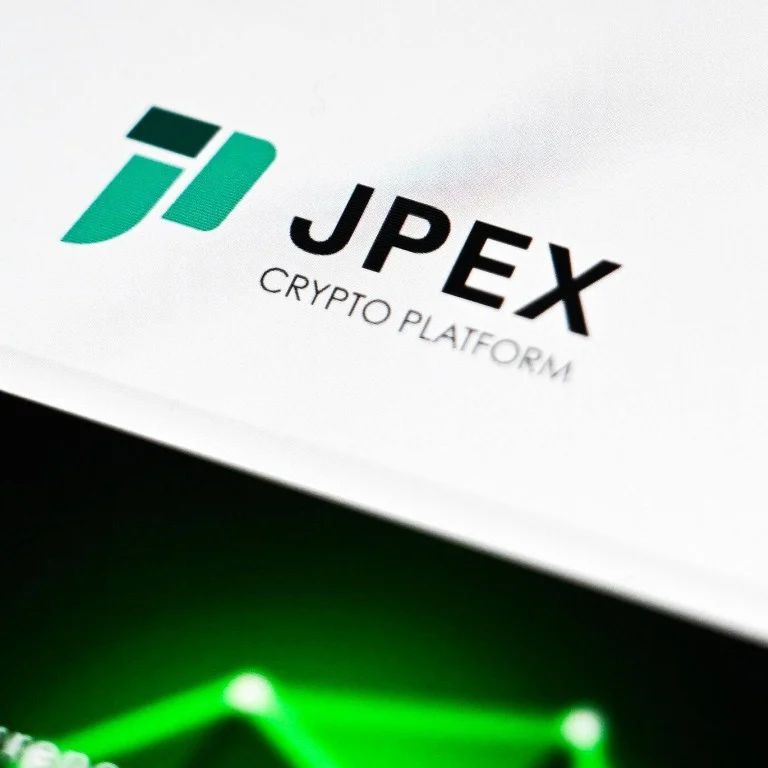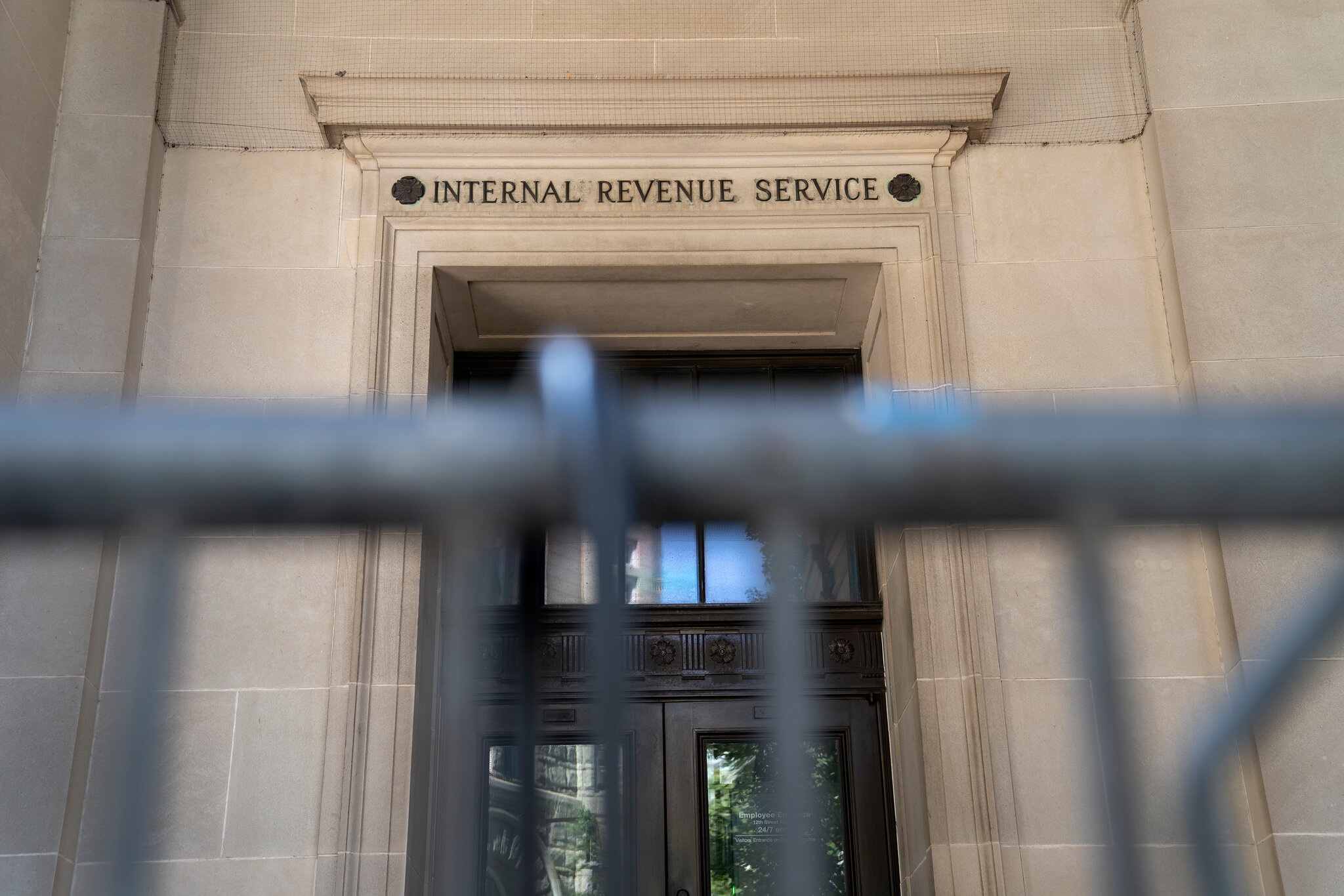Skycoin is a blockchain project that wants to build a new internet on a decentralized, user-controlled mesh network called Skywire.
The project has been under development since 2013, though it initially began as an audit into Bitcoin’s volatility. The Skycoin team were researching ways to resolve the inefficiencies of Bitcoin’s proof-of-work algorithm and the fight for net neutrality also started gaining traction around that time.
PoW inefficiencies and net neutrality are not the same thing, but they both show a system prone to centralization. The Skycoin team’s solution is an efficient and decentralized mesh internet that’s independent from centralized ISP’s (internet service providers).
How Skycoin Works
Skycoin implements a non-energy intensive consensus algorithm known as Obelisk. It uses a “web of trust” architecture to distribute influence over the network. Instead of miners, the network is made up of nodes. Each node runs its own personal blockchain to quarantine any potential bad actors, and consensus decisions are made depending on the influence score of each node.
Nodes on Obelisk are cheaper to operate than on traditional proof-of-stake (PoS) or proof-of-work (PoW) algorithms. Obelisk was specifically designed to function as a scalable, zero-waste alternative to PoW. It runs without wasting electricity or consuming valuable resources, and is immune to 51% attacks because its web-of-trust consensus prevents centralization.
Skywire
Skywire is Skycoin’s flagship project. It’s an anonymous, decentralized mesh network that Skycoin claims is faster, more accessible, more affordable, and offers higher quality of service than the current internet. Skywire is made up of the following components:
Communication Protocol – Skywire’s routing protocol doesn’t have the limitations of the TCP/IP communication protocols used by the internet.
Payment Protocol – Many internet alternatives are operated by unpaid volunteers, which creates a situation where the majority of users use up network resources without paying anything in return. Skywire has an embedded payment protocol for compensating operators for providing the network with their resources. Nodes that forward traffic earn Skycoin.
Hardware Platform – Skywire will be connected to a hardware platform (Skyminer) that provides the networking, storage, and computing resources required to scale the network.
Application Ecosystem – Skywire has a full-fledged application ecosystem called Fiber where third-party and native applications can be developed to drive the adoption of the network. Through Fiber, third parties can launch scalable and secure decentralized applications (DApps). Developers can use the CX programming language developed by Skycoin to build smart contracts, video games, and dApps.
The Skycoin team has already developed Skywire’s communication and payment protocols. First-generation hardware units (Skyminers) have also been built and shipped to consumers. The team is also developing a “Skysuite” of native applications that run on Skywire’s application ecosystem. These include a messenger client called Sky Messenger, a social media platform called Skycoin BBS, a VPN client called Cryptosphere, and Kitty Cash, which is similar to Ethereum’s CryptoKitties game.
Skyminer
Skyminers are hardware VPN devices that function as a hardware access point for Skywire. They provide the networking capability, storage capacity, and computing power needed for the network’s infrastructure backbone. Nodes that operate Skyminers will receive a network incentive reward in addition to traffic forwarding payments.
Skycoin’s ecosystem is designed to be accessible to anyone, regardless of technical experience, and Skyminers are a major driver of that accessibility. The devices are built using low-cost hardware and are energy efficient enough to make them relatively cheap to run. The Skycoin team is also working on adding a “plug and play” functionality so that non-technical users can easily launch nodes.
Currently, the only way to buy a Skyminer is to send Skycoin 1 BTC. It sounds expensive, but buyers will reportedly receive a Skyminer and a 99% refund in Skycoin equal to 1 BTC minus that cost of hardware (estimated to be $600), based on market rates at the time of purchase.
Once the mainnet goes live, Skycoin plans to ramp up production of Skyminers to 1,000 units per week with plans to scale up to 10,000 units per week by Q1 2019.
Technical Specs for Skyminer V1
– Custom PCB boards
– 16 GB RAM
– ARM Cortex-A53 CPU
– Hexacore Mali-450 GPU
– 16 port OpenWRT router
– Gigabit ethernet
– LAN bandwidth: 8 x 100 Mbps
– 64-bit Linux
Skycoin (SKY) Token
Skycoin (SKY) is the Skycoin network’s native cryptocurrency. It offers Visa-like transaction speeds with low fees and soon-to-be-implemented privacy features. Holding Skycoin generates a second currency called Coin Hours. Each Skycoin held in a wallet produces 1 Coin Hour every hour. That means holding 10,000 SKY will generate 10,000 Coin Hours every hour.
Coin Hours are used to pay for transaction fees. They can also be exchanged for more Skycoin or be used to pay for other services within the ecosystem, such as VPN services, movie downloads, additional bandwidth, etc. Coin Hours will also give users privacy by acting as collateral for Skycoin’s coin mixing service.
To support fair use and prevent inflation, only 100 million Coin Hours will be produced each hour. This is because the total supply of SKY caps at 100 million tokens. 50% of the Coin Hours attached to SKY tokens used in transactions will be burned as transaction fees. This is meant to create scarcity and limit the number of Coin Hours in circulation.
SKY Trading Volume, Price and Market Cap
The total supply of SKY is capped at 100 million tokens. The tokens can’t be mined. The Skycoin team has complete control over distribution. Of the total available supply, 25% was distributed in 2017 when SKY was launched. Another 5% will be distributed every year until all 100 million tokens are in circulation. The 5% will only be distributed if an “unknown group of developers” unanimously votes to unlock the tokens.
SKY was first listed in April 2017 at ~$1 USD with a market cap of ~$6.4 million USD. Its value rose in the ensuing months to reach an all-time high of $47 with a market cap of $318 million USD. It slowly started going down after January 2018.
Its price experienced an unusual surge on 23 May 2018, when it jumped from $24 to $38 in less than 24 hours and then nosedived in the days that followed. The incident inevitably raised scam allegations. There are rumors that the Skycoin team deliberately orchestrated a “pump-and-dump” scheme to game the market.
Buying, Storing and Selling SKY
SKY can be acquired from a number of exchanges, including the popular Binance. Other, lesser-known crypto exchanges offering SKY trading include Cryptopia, ChaoEX, C2CX, and Iquant.
For storage, the Skycoin team recommends using the official desktop wallet available on Mac OS, Windows, and Linux. Skycoin plans to release a hardware wallet that will support SKY and any altcoins launched on Fiber in the future.
Liquidity of Skycoin
Skycoin has decent liquidity on Binance despite the major sell-off that occurred in May 2018 (which caused its price to tumble).
Some have questioned the legitimacy of the project, noting that Skyminers are essentially very expensive hardware VPNs that subset a user’s ISP bandwidth. Skycoin has rebuffed these comments, stating that the project is still a work in progress, and Skywire won’t depend on ISP connections in its third and final phase.
On the surface, Skycoin sounds like an ambitious project that’s trying to provide an innovative solution to the centralization of the internet. But the persistent scam allegations and alleged pump-and-dump scheme should make interested investors wary.








